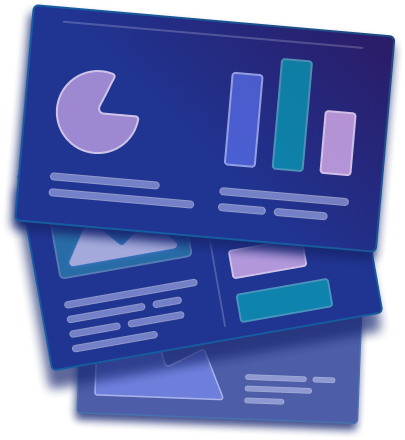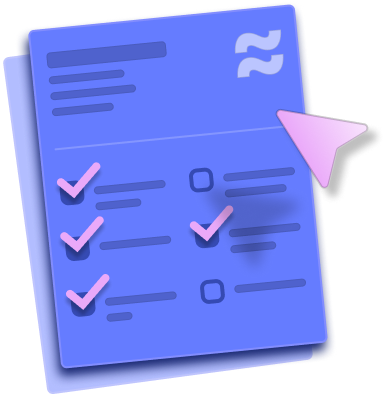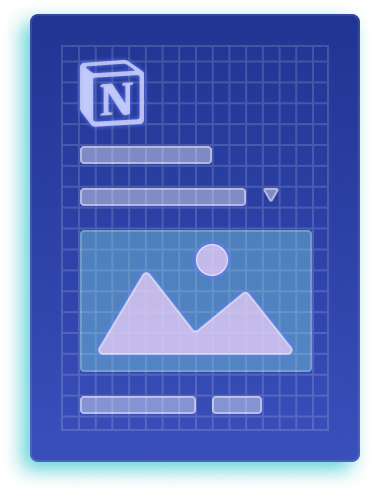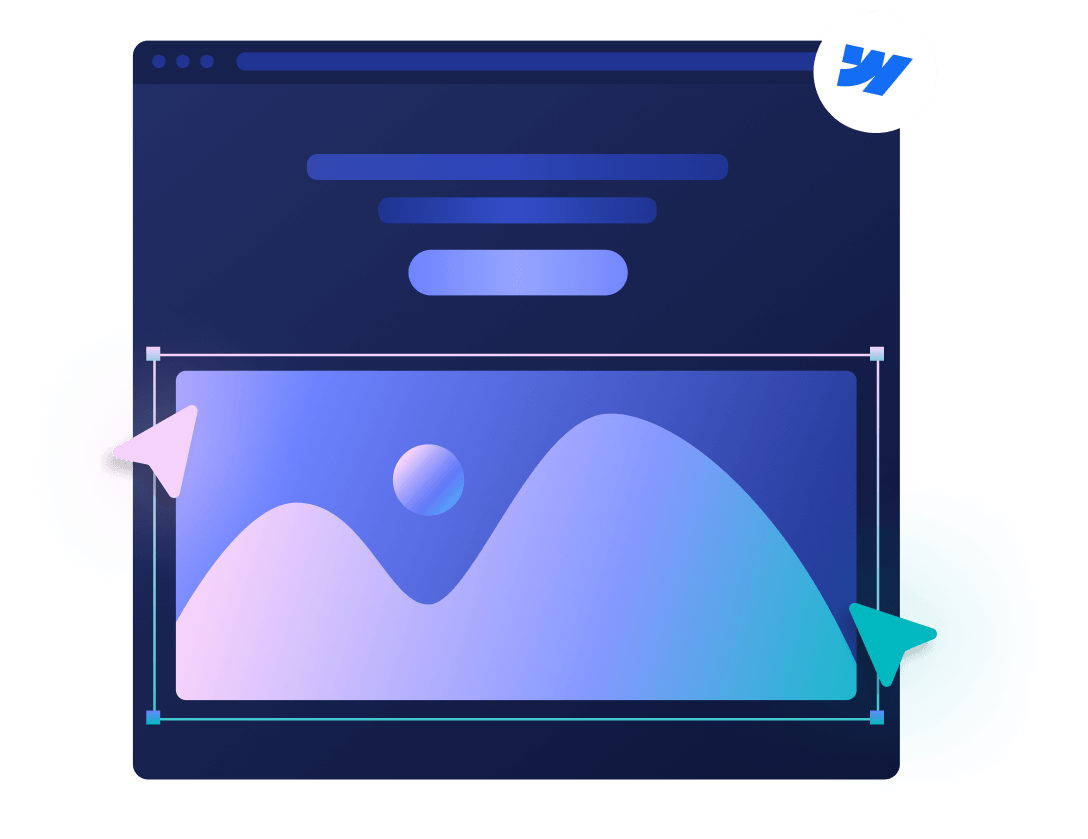
WordPress Updating Failed: Here Are the Next Steps
Don’t let that notorious “WordPress Updating Failed” message get you into a frenzy. You haven’t lost anything, and your site hasn’t been hacked. Well, hopefully it wasn’t. There would be other signs of WordPress being hacked. For the WordPress update failure, we could be looking at a simple matter of a slow internet connection or a software bug. In this article, we’ll talk about different steps to fix the issue.





Navigating Common WordPress Problems: A Marketer's Guide
Learn more about the most common problems marketers face when using WordPress and find out how to solve them.
Step 1: Verify Your Internet Connection and Site URL
The number 1 culprit for a WordPress upload failing is the loss of the internet connection. Even a slight disruption can put a stop to the update or upload process. Here’s what you need to do to check:
- Reload the WordPress Editor — Maybe the glitch was a temporary one. Reload the page and see if that fixes it.
- Go to another website — In a new tab, type a different address and try to visit another website. If it loads slowly, it could be the internet connection.
- Use a different WiFi — Connect your device to a different network if possible. Switch to mobile data even. Then, retry the update and see what happens.
- Restart your router — If the problem persists, try restarting your router. That might do the trick.
The internet connection is one side of that coin — the other — WordPress site URL settings. Your WordPress Address (URL) and Site Address (URL) must be set correctly. Head to Settings >General page, and you’ll see their respective boxes. If these addresses are incorrect, WordPress won’t communicate properly with its API, leading to update failures.
Bonus tip: For most sites, these two are identical.
Step 2: Update Your WordPress Software
If you still get the "Updating Failed" error message after making sure your internet connection is working correctly, you need to check if your WordPress is running the latest version. An outdated version of WordPress can cause compatibility issues, API errors, or security vulnerabilities, which can mess up the updates.
First, you need to check your WordPress version. There are multiple ways to do this, but we’ll give you the simplest.
- Go to the admin area — Several areas of the admin dashboard show you the current version of your WP. The “At a Glance” default widget has that info, as does the “Updates” screen;
- Check the latest version — To see which WordPress version is the latest, head to the WordPress download page, and you’ll see the newest version;
- Cross-reference the numbers — Compare the two versions, and you’ll know if your WordPress core needs to be updated;
Now, for the actual update, you need to take a couple of other steps.
- Log in to Your WordPress Dashboard;
- Navigate to Dashboard, section Updates;
- If an update is available, you’ll see a notification prompting you to update to the latest version;
- Click Update Now and let the process complete;
Sometimes, the “Update” option on the dashboard isn't visible, and you might still suspect your site is running an older version. That’s why it’s crucial to compare the versions first.
Step 3: Inspect REST API Status with WordPress Site Health
The next thing to investigate is the WordPress REST API. This API maintains communication between your website and WordPress services, and if it’s not functioning properly, errors like "Updating Failed" or "Publishing Failed" may appear.
The built-in feature of the Site Health tool is very simple to use. It allows you to check for REST API issues.
- Log in to your WordPress dashboard;
- Navigate to Tools > Site Health;
- Give WordPress time to analyze your site, then click on the Status tab;
- If the REST API is the issue, it will display this message: “The REST API encountered an unexpected result;”
You’ll also find additional information about the debugging needed or which plugin or third-party software caused the issue. If not, proceed to the next step.
Step 4: Disable All WordPress Plugins
The usual guilty party for the REST API malfunction is WordPress plugins. The simplest way of corroborating that is to deactivate all WordPress plugins. Here’s how.
- Log in to your WordPress dashboard;
- Go to Plugins > Installed Plugins;
- Click the checkbox next to Plugin at the top to select all plugins;
- From the Bulk Actions dropdown, select Deactivate and click Apply;
Now you can try and update the page or post. If you don’t see the “WordPress Updating Failed” error, then one or more of the plugins are to blame. Next up is activating the plugins one by one to see which one was responsible for the holdup. After you’ve activated each plugin, try updating a post or page and see if it will work. If the error reappears, the last plugin you activated is likely the cause.
Step 5: Check Your Website Firewall Service
Another bump in the road could be the firewall settings. These firewalls are usually set up by the website hosting services, additional security plugins like Wordfence and Sucuri, or any other third-party service. Firewalls are known to mistakenly block the REST API requests or cron jobs that are tasked with the automation of time-based tasks such as publishing schedules and checking for updates.
Try temporarily turning off these firewalls and performing the updates to see if they’ll work. If disabling the firewall resolves the issue, the next step is to whitelist essential WordPress update URLs coming directly from wordpress.org to prevent future problems.
Step 6: Enable and Review the WordPress Debug Log
There are plenty of debugging tools in WordPress that can display detailed information about all errors that have occurred. To enable this on your website, you need a special code inserted into your wp-config.php file, which will then record all errors in the wp-content directory under a file dubbed debug.log.
Here’s how you do it.
- Log into your server using FTP;
- Find and open the wp-config.php file;
- Locate the following line: define('WP_DEBUG', false);
- Replace it with the following lines:
- define( 'WP_DEBUG', true );
- define( 'WP_DEBUG_DISPLAY', false );
- define( 'WP_DEBUG_LOG', true );
- Save the file and re-upload it if necessary;
Make sure not to change the WP_DEBUG_DISPLAY to “True,” as that will display any errors on your live website, and you surely don’t want the users to know. Now, you are ready to try updating again.
Step 7: Temporarily Switch to the Classic WordPress Editor
If WordPress updates are still nowhere to be found, it could be the Block Editor (Gutenberg)’s fault. Even though Gutenberg is the golden standard these days, it can still have some issues, predominately because it relies heavily on the REST API, which can be blocked by security plugins. There can be other issues with the plugins or JavaScript that can cause it to malfunction.
Try switching to the Classic Editor to test if the Block Editor is the problem. WordPress offers a special Classic Editor plugin that can handle everything for you.
- Go to Plugins > Add New;
- Look for Classic Editor;
- Hit “Install Now” and then “Activate;”
- Now, when you create a new page or a post, it will automatically switch to Classic Editor;
This move should fix the problem with failed updates on WordPress.
Step 8: Increase Your PHP Memory Limit
All WordPress sites have a default memory limit of 32MB for PHP codes. This limit is acceptable for websites that focus on texts only, but adding media, such as images and infographics, can cause errors such as “WordPress Update Failed.”
The fastest way to increase this limit is by editing the wp-config.php file. Remember that one from the WordPress debug log section? This is what you need to do:
- Go to the root directory and the file wp-config.php;
- Open the file and select “Edit”;
- Located this line: /* That's all, stop editing! Happy publishing. */
- Add the following line above it: define('WP_MEMORY_LIMIT', '256M');
- Save the file and re-upload it if needed;
This will get WordPress to use 256MB of memory, which is generally enough for smooth updates of media and text.





Navigating Common WordPress Problems: A Marketer's Guide
Learn more about the most common problems marketers face when using WordPress and find out how to solve them.
Conclusion
Dealing with WordPress update failures can be a real headache, but hopefully, these steps have helped you troubleshoot the issue. Most of the time, it’s something simple — like a plugin acting up, a firewall blocking requests, or a memory limit that’s too low. Still, if you’re constantly running into these problems, maybe it’s time to consider an easier WP alternative. This is the cue for Webflow. It takes the hassle out of website management, with no plugin conflicts, no server issues, and no need to worry about updates breaking your site. If not, then, the steps we’ve outlined above will be the lifeline when hit with the infamous “WordPress Updating Failed” message.
.png)

.png)

in mind?
Talk with our team and learn how your ideas can become digital experiences.

.svg)




.png)
.png)

.webp)








.png)
.png)








.svg)

.png)
.png)
.webp)
.svg)


